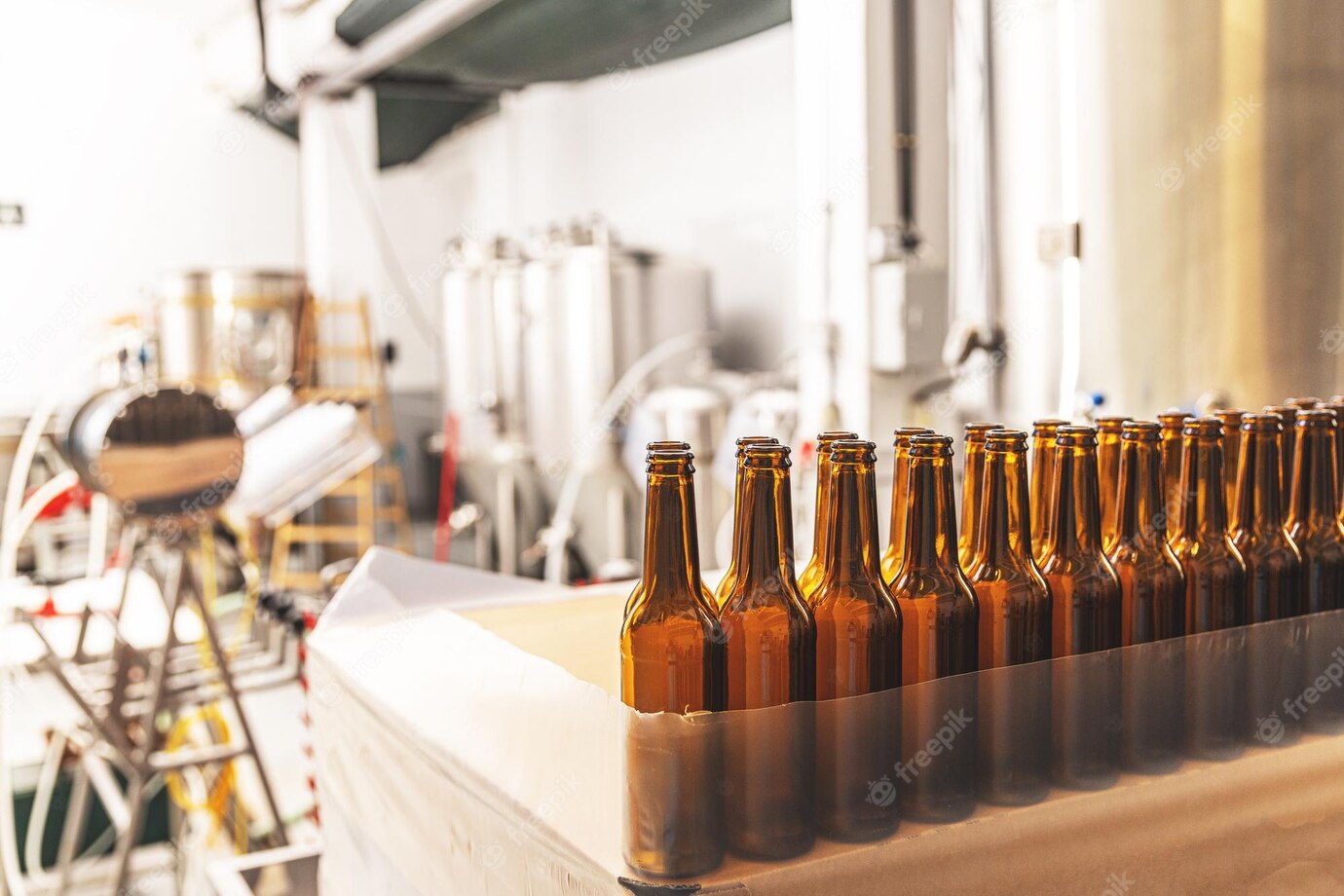Uncover the Secrets! Discover the Benefits! Learn How to Use a Hydrometer!
A hydrometer is a device used to measure the density and specific gravity of liquids, a useful tool in the laboratory, home brewing, wine making, and other settings. But why should you bother using it? How does it work? In this article, we’ll go over the “why” and “how” of using a hydrometer—from understanding the underlying science to accurate readings. Read on to get the full scoop and learn how to get the most out of this often overlooked gadget.
Using a Hydrometer: Why and How
A hydrometer is a device that measures the density, viscosity, or specific gravity of a liquid. When used in a laboratory setting, and combined with other numerical analysis, a hydrometer can yield extremely accurate data about a liquid’s properties. Hydrometers are also used for measuring the alcohol content of beer, wine, and other spirits.
In a home or small-production winemaking or brewing setting, hydrometers are incredibly useful tools to check specific gravity throughout the fermentation process. Understanding why and how to use a hydrometer in the home or small production setting can help a homebrewer produce better quality beer and wine, and with more consistent results each time.
Why Use a Hydrometer?
Most homebrewers and small-scale winemakers are looking for an accurate and consistent level of alcohol in their beverage. The alcohol contents of beer and wine can vary wildly depending on the amounts of sugar and water present in the starting ingredients. A hydrometer allows a homebrewer or winemaker to accurately measure the sugar content of a liquid prior to and throughout the fermentation process.
The specific gravity, or sugar density, of a beer or wine will rise as fermentation starts and the yeast convert the sugar molecules into alcohol molecules. This is because the amount of sugar molecules in the liquid decreases as fermentation occurs. The homebrewer or winemaker can use a hydrometer to accurately measure the amount of sugar that remains in a solution, thereby approximating the amount of alcohol content. This helps the brewer/winemaker ensure that their beverage finishes with the level of alcohol content desired.
How to Use a Hydrometer
Using a hydrometer is relatively simple and requires only a few steps.
- Start by sterilizing the hydrometer. This can be done by rinsing the device with sanitized water, usually the same water used in the beer or wine being tested.
- Fill a stemless test tube or hydrometer jar with enough liquid to immerse the hydrometer and swirl it around to draw out air bubbles.
- Carefully lower the sterilized hydrometer into the liquid gently. Hold it firmly in place and gently spin the hydrometer to make sure it is center in the liquid, and to release any air bubbles that may have attached to the device.
- Wait a few moments for the hydrometer to come to a rest and take a reading. The hydrometer will have a small float that will rest at a certain level. The float will rise and fall as the specific gravity changes, so the user needs to read the height of the float at the hydrometer’s rest point.
- Read the hydrometer at the top surface of the liquid, not the bottom.
It is important to note that hydrometers are calibrated at a certain temperature. Most hydrometers made for homebrewing and winemaking use a calibration temperature of 68 degrees Fahrenheit (20 degrees Celsius). If a liquid being tested is above 68 degrees Fahrenheit, the apparent specific gravity will be slightly higher than it should be due to the buoyancy of the liquid. If the liquid is below 68 degrees Fahrenheit, the specific gravity will be lower than it should be due to the increased density of cool liquids. Therefore, it is important to check your liquid temperature prior to using a hydrometer and make any necessary adjustments to the specific gravity reading.
More on Hydrometers
Homebrewers and winemakers can use a hydrometer to gauge the progress of the fermentation and the alcohol content of the beverage. This can help a brewer/winemaker know when it is time to bottle or rack (transfer) the beer or wine. As a beverage is fermented and the yeast consumption of sugar molecules progresses, the liquid will become less and less dense causing the hydrometer float to rise. A good rule of thumb is that when the floating of the hydrometer does not change for three days, the fermentation is likely complete.
Homebrewers and winemakers can also use a hydrometer to determine the correct amount of priming sugar needed for bottled beer and wine. The amount of priming sugar needed for a particular beer or wine will depend on the gravity of the beverage, as well as the desired level of carbonation or effervescence. A homebrewer or winemaker can use a hyd

